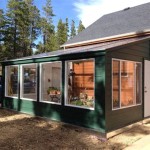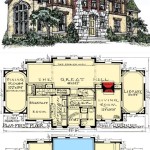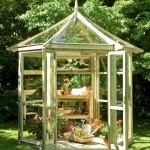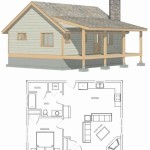Essential Aspects of Japanese House Floor Plan Design
Japanese house floor plan design is renowned for its distinct blend of tradition and functionality. Understanding the key principles behind these designs will provide insights into the rich cultural heritage and architectural ingenuity that shape them.1. Genkan (Entrance):
The genkan, the entryway of a Japanese house, serves both practical and symbolic purposes. It provides a transition space between the outside and inside, removing shoes before entering the living area to maintain cleanliness.2. Tokonoma (Alcove):
The tokonoma, an alcove in the main room, is a central feature of Japanese houses. It's used to display traditional ornaments, such as scroll paintings or flower arrangements. Its minimalist design creates a focal point and adds an element of tranquility to the space.3. Tatami (Mats):
Tatami, woven rice straw mats, cover the floors of traditional Japanese rooms. They establish the room's size, provide a soft surface for seating, and regulate temperature by absorbing moisture.4. Shoji (Paper Screens):
Shoji, translucent paper screens, serve as both room dividers and windows. They allow light to filter through while providing privacy. Shoji can be slid open or closed to adjust the space's openness and airflow.5. Engawa (Covered Porch):
The engawa, a covered porch wrapping around the house, offers a liminal space between indoors and outdoors. It's used for relaxation, as a walkway, or for enjoying the garden.6. Hara-ei (Circulation Space):
Hara-ei refers to the open space in the center of the house. It's a communal area that allows for easy circulation and interaction between rooms.7. Functional Zoning:
Japanese houses are typically divided into functional zones. The genkan, living room, dining room, and kitchen are often separated but connected by sliding shoji. This flexibility allows for both privacy and open spaces depending on the occasion.8. Natural Lighting:
Japanese house designs emphasize natural lighting. Large windows and skylights allow sunlight to penetrate into the house, creating a sense of spaciousness and reducing energy consumption.9. Open Layout:
Traditional Japanese homes feature an open layout, with minimal walls or physical separations between rooms. This design promotes a sense of flow and connectivity, encouraging interaction between family members.10. Adaptability:
Japanese house designs are known for their adaptability. The use of sliding shoji and flexible floor plans allows spaces to be easily reconfigured to accommodate different needs or life events.
Typical Home Layouts Differences Between Japan And Abroad

House Floor Plan Design Plans Traditional Japanese Container Home Style

Traditional Japanese House Floor Plan Google Search Plans

Japanese Home Design Ideas Pictures 331 Sqm Homestyler

The Floor Plan Of Apartments In Japan Japanese Home Archi Designer

Traditional Japanese House Style Plans

The Layout Of Ground And First Floor A Traditional Japanese House Scientific Diagram

Japanese Home Design Ideas Pictures 331 Sqm Homestyler

Japanese House For The Suburbs Traditional Style

Traditional Japanese House Floor Plans With Drawings Upgradedhome Com








